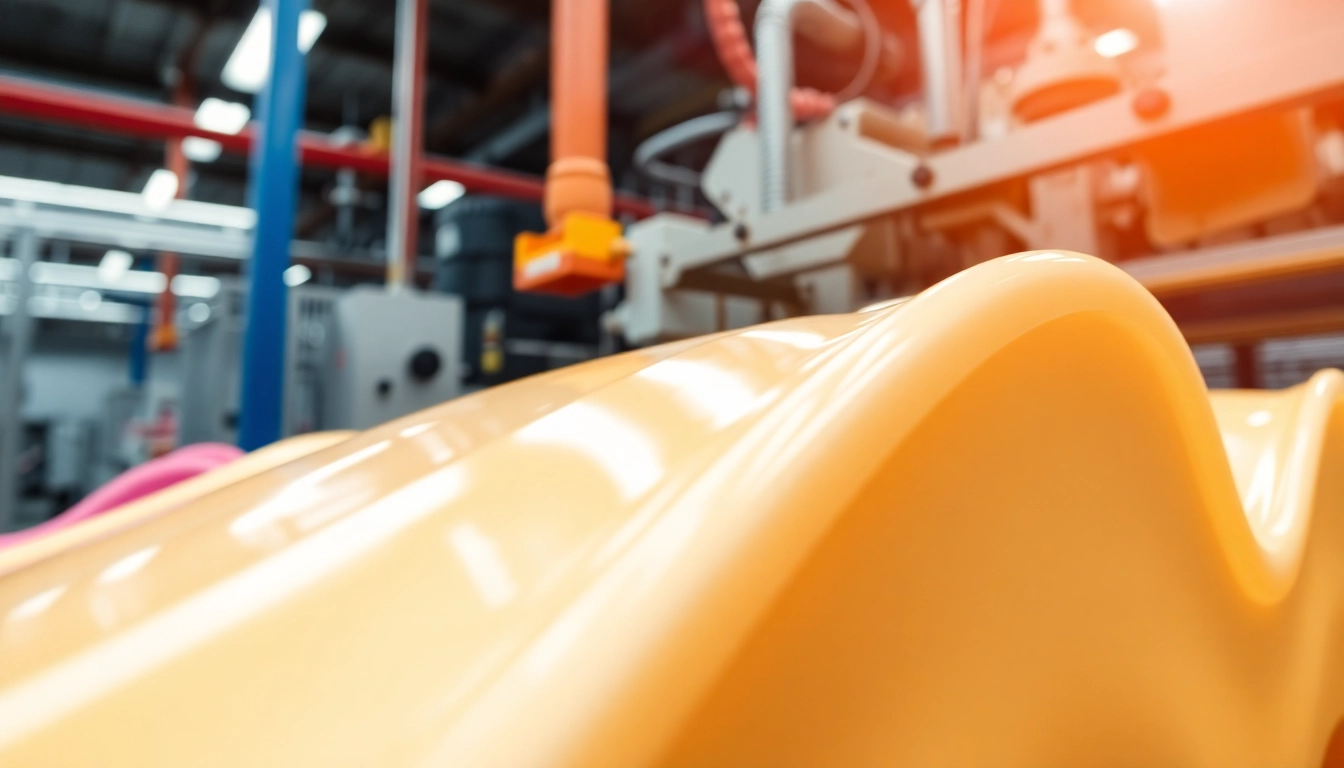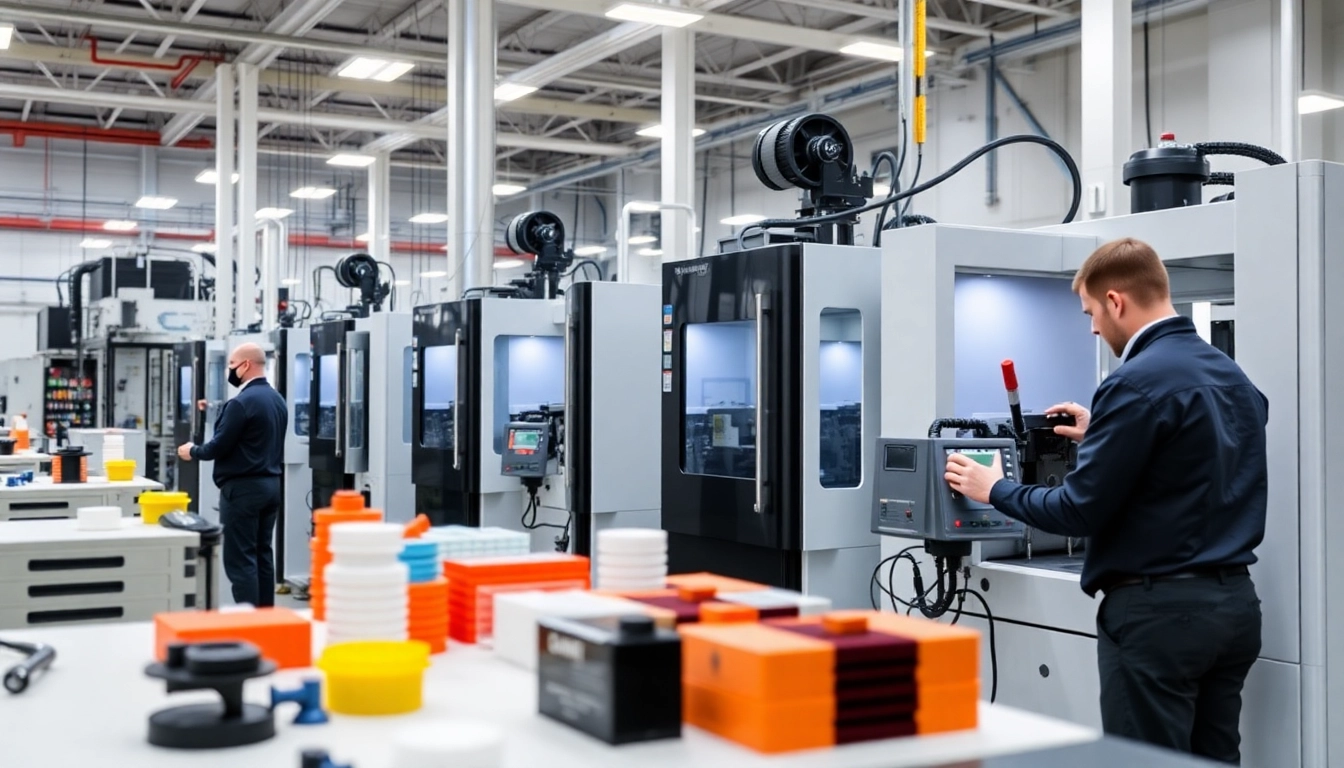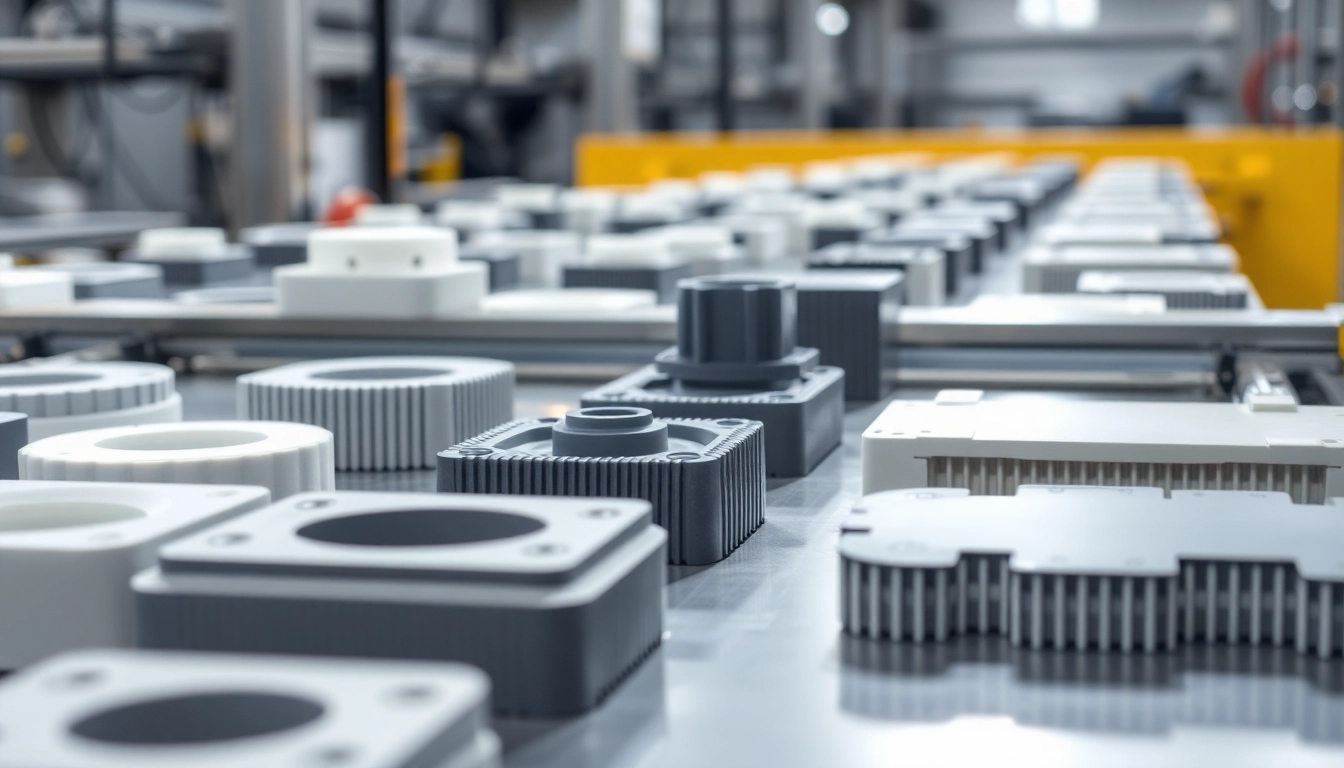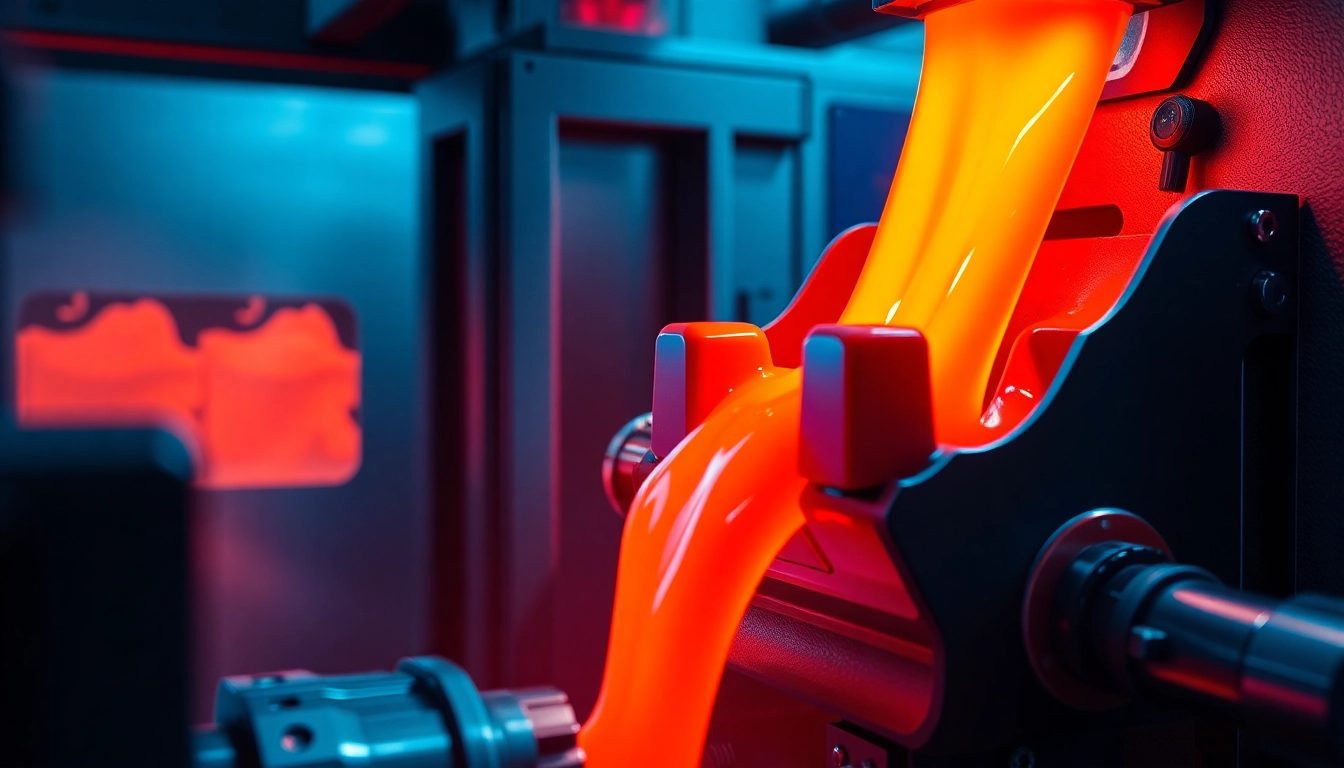Understanding Blow Moulded Plastic Parts
In a world driven by innovation and efficiency, blow moulded plastic parts have emerged as a key manufacturing solution for numerous industries. These parts are unique because they are created through a highly specialized process that forms hollow shapes with precise dimensions and intricate designs. Understanding this process is essential for anyone looking to invest in or utilize blow moulded components effectively.
What Are Blow Moulded Plastic Parts?
Blow moulded plastic parts are hollow structures formed by the blow moulding process, a manufacturing technique predominantly used for creating various plastic products, including bottles, containers, and other specialized shapes. The key to this method lies in its capability to produce complex geometries quickly and cost-effectively. This technique employs thermoplastic polymers that, when heated, can be easily manipulated to achieve desired forms. The end products are characterized by their lightweight, strength, and versatility.
History and Evolution of Blow Moulding
The origins of blow moulding can be traced back to the late 19th century, primarily with the development of glass bottle blowing techniques. The transition to plastic moulding occurred after World War II when synthetic polymers became widely available. The first plastic blow moulding process was developed in the 1950s, leading to an expansion in production capabilities. Over the decades, advancements in machinery, materials, and technology have transformed blow moulding into a sophisticated process, allowing for higher precision, reduced costs, and enhanced production speed.
Common Applications and Industries
Blow moulded plastic parts are ubiquitous across various sectors. In the consumer products industry, they are commonly used for packaging items like beverages, cleaning supplies, and personal care products. The automotive sector also benefits from blow moulding, utilizing it for lightweight components such as fuel tanks and ducting systems. Additionally, the medical field leverages blow moulded parts for creating containers and devices, showcasing the process’s adaptability to different regulatory requirements and stringent quality standards.
The Blow Moulding Process Explained
Steps in the Blow Moulding Process
The blow moulding process consists of several well-defined steps:
- Heating and Forming the Preform: The process begins by extruding or injection-moulding a preform, a hollow tube of plastic that is heated until it reaches a pliable state.
- Inflating the Preform: The heated preform is then placed in a mould where it is inflated with air. The air fills the preform, pushing it against the walls of the mould, essentially conforming it to the desired shape.
- Cooling: Once the plastic has conformed to the mould, it is cooled, allowing it to retain the shape of the mould.
- Removing the Molded Part: After cooling, the mould is opened, and the newly formed blow moulded part is extracted for inspection and finishing.
Types of Blow Moulding Techniques
There are three predominant techniques used in blow moulding, each offering distinct advantages:
- Extrusion Blow Moulding (EBM): This is the most common method where a continuous tube of molten plastic is extruded into a mould. EBM is then typically used for large-volume products like containers.
- Injection Blow Moulding (IBM): Involves injecting molten plastic into a preform that is subsequently blown into the final shape. This technique is ideal for smaller parts that require high precision.
- Injection Stretch Blow Moulding (ISBM): This method combines the processes of stretching and blowing, often used for producing high-strength, lightweight bottles, particularly for carbonated beverages.
Materials Used in Blow Moulding
The materials employed in blow moulding are predominantly thermoplastics, chosen for their advantageous properties, which include:
- Polyethylene (PE): Commonly used for its flexibility and chemical resistance, available in high-density (HDPE) and low-density (LDPE) forms.
- Polypropylene (PP): Known for its toughness, fatigue resistance, and economical production.
- Polyethylene Terephthalate (PET): Frequently used for bottles and containers due to its strength, transparency, and recyclability.
- Polyvinyl Chloride (PVC): Used in applications where durability and rigidity are required.
Advantages of Blow Moulded Plastic Parts
Cost-Effectiveness and Efficiency
One of the primary benefits of blow moulding is its cost-effectiveness. The ability to produce hollow shapes in bulk significantly reduces material wastage and operational costs. High-speed machinery enables manufacturers to achieve better throughput, resulting in lower per-unit production costs. This efficiency allows businesses to offer competitive pricing without sacrificing quality.
Lightweight and Durable Products
Blow moulded plastic parts are notably lighter than their metal or glass counterparts, which enhances handling and transportation efficiencies. Moreover, these parts exhibit remarkable impact resistance and durability, making them suitable for challenging environments and applications demanding longevity.
Design Flexibility and Customization
Blow moulding allows for a vast array of designs, enabling manufacturers to create custom shapes that meet specific applications or aesthetic requirements. The process supports various finishes, colors, and integration of features like handles and spouts directly into the design, providing further customization options for clients.
Quality Control in Blow Moulding
Key Metrics for Quality Assessment
Quality control in blow moulding is crucial for maintaining the integrity and usability of the products. Key metrics include:
- Dimensional Accuracy: Ensuring that parts meet specified tolerances to fit application needs.
- Surface Finish: Assessing the aesthetic quality of the exterior, which may influence consumer perceptions.
- Weight Consistency: Ensuring uniformity across products to avoid discrepancies during packaging and shipping.
Common Defects and Solutions
Despite the efficiency of blow moulding, defects can arise. Common issues include:
- Brittleness: Often caused by overcooling or improper material selection. Solutions involve adjusting cooling rates and selecting appropriate materials.
- Inconsistent Wall Thickness: This can result in weak spots. Regular mould maintenance and proper pressure control are required to address this.
- Bubbles and Voids: Usually due to trapped air in the material. Improvements in the preheating process can mitigate this issue.
Best Practices for Manufacturing Quality Parts
Implementing best practices is essential for producing high-quality blow moulded parts. These include:
- Maintaining precision in dimensions and tolerances through regular calibration of machinery.
- Implementing thorough inspection processes, including visual checks and dimensional measurements.
- Training staff on the correct handling of materials and machinery to reduce human error.
Future Trends in Blow Moulding Technology
Innovations Shaping the Industry
As industries evolve, so does the blow moulding process. Upcoming trends include the integration of automation and robotics to streamline production workflows, enhancing precision and reducing cycle times. Moreover, advancements in 3D printing technology are beginning to influence custom mould production, allowing for rapid prototype development and design iteration.
Environmental Considerations and Sustainability
With growing environmental concerns, the blow moulding industry is increasingly focusing on sustainability. This includes the development of biodegradable polymers and the implementation of recycling practices. Companies are investing in circular economy models, designing products for disassembly and recyclability, thus reducing environmental impact.
How to Choose a Reliable Supplier
Selecting the right supplier for blow moulded plastic parts involves careful consideration of several factors:
- Experience and Expertise: Look for suppliers with a proven track record in the blow moulding arena.
- Quality Assurance Measures: Ensure that potential suppliers have robust QA processes in place, including regular audits.
- References and Reviews: Speak to previous clients to gauge satisfaction and reliability.



